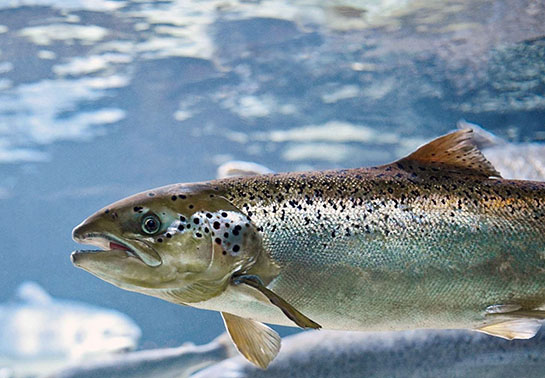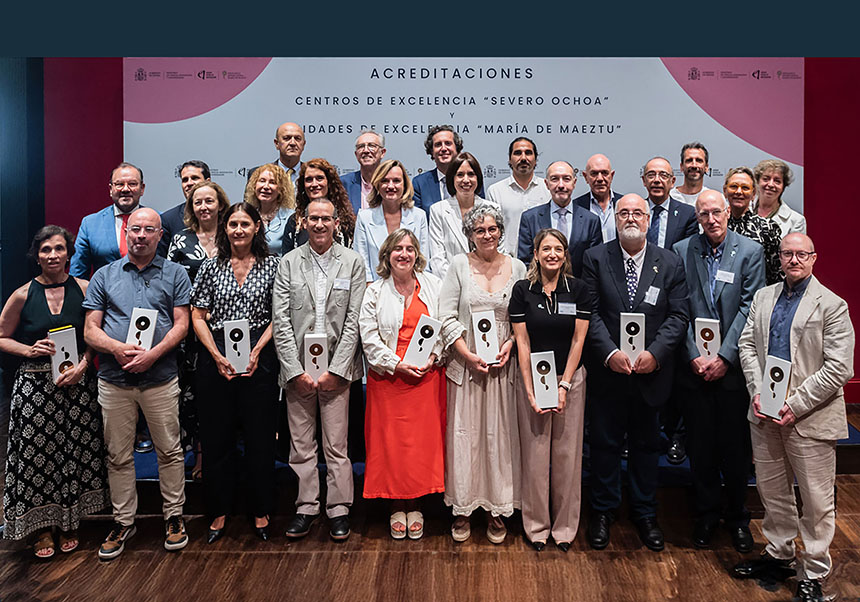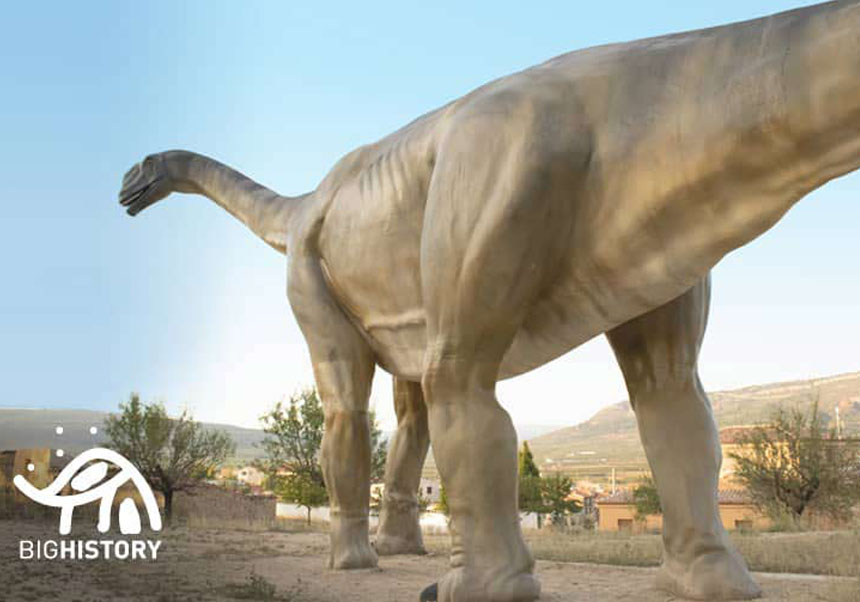Some studies of fish fertility try to reduce the extinction of freshwater species
- Fundació Parc Científic
- October 1st, 2018

The University of València and the Proiser company, located in the University’s Science Park, are carrying out different joint research lines on semen quality in both humans and animals. The results in freshwater fish, done with personal procedures, provide useful information in order to protect endangered species like the Atlantic salmon.
The Atlantic salmon is a species with a high economic value that generates significant income from both wild capture fishing and fish farming. Even so, the annual capture of wild Atlantic salmon in the North Atlantic has decreased in the last decades.
The commercial response to this issue is the conservation, the restoration, the improvement and the rational management of this species. Some main parts of the scientific projects’ purposes are the improvement of both fish survival and their behavioural adaptation to their natural conditions. In terms of reproduction, it is very important to ensure that all male fish contribute to a successful fertilisation.
Last works on this field published by the Carles Soler’s team –professor in the Cellular Biology, Functional Biology and Physical Anthropology Department and scientific doctor in Proiser– are part of a case study dedicated to the research of semen quality, sperm mobility analysis computing systems, and the assisted reproduction techniques in the Reproductions Fertility and Development journal. In this sense, the methodology used in this kind of studies is set out in a recent study published in the JoVe journal.
In the case of the Atlantic salmon (Salmo salar), these works show that the gene-environment interactions may be a significant factor in the male Atlantic salmon reproductive competence. Sperm morphology and mobility are the most used parameters in the evaluation of the semen quality and, in this case, “the specimens raised in a wild environment have little, slow and low progressive sperms, while those kept have faster and bigger cells” Soler explains. “The gene-environment interactions are therefore very important for the maturing and functionality in reproduction of male salmons. This will have to be considered since the wild ones and those reintroduced after the farming could vary in terms of their reproductive competence aptitudes” Soler insists.
The experimental work was carried out in the Conservatoire National du Salmon Sauvage en Chanteuges (France), and the analysis of the samples in a Proiser’s laboratory in the Science Park of the Universitat de València.
The kinetic study has been conducted with the SCA® CASA System, a Prosier’s tool that allows automatic analysis of sperm mobility and kinetics and so identify sperm subpopulations with different mobility patterns in the same sample – the Science Park’s company is a world leader in this technique.
This biotechnological tool has been developed within the IMPRESS-Marie Sklodowska-Curie programme, from Horizonte 2020. It has the participation of Proiser and the Cellular Biology, Functional Biology and Physical Anthropology Department in the Universitat de València and has been headed in an international project in Norway and has been financed with 4 million euro to be used in 4 years. Carina Caldeira, the PhD student assigned to the project, will defend her Doctoral Thesis soon.
In the picture, Carles Soler

File in: Ciencias Tecnológicas , Ciencias Económicas , Ciencias de la Vida










